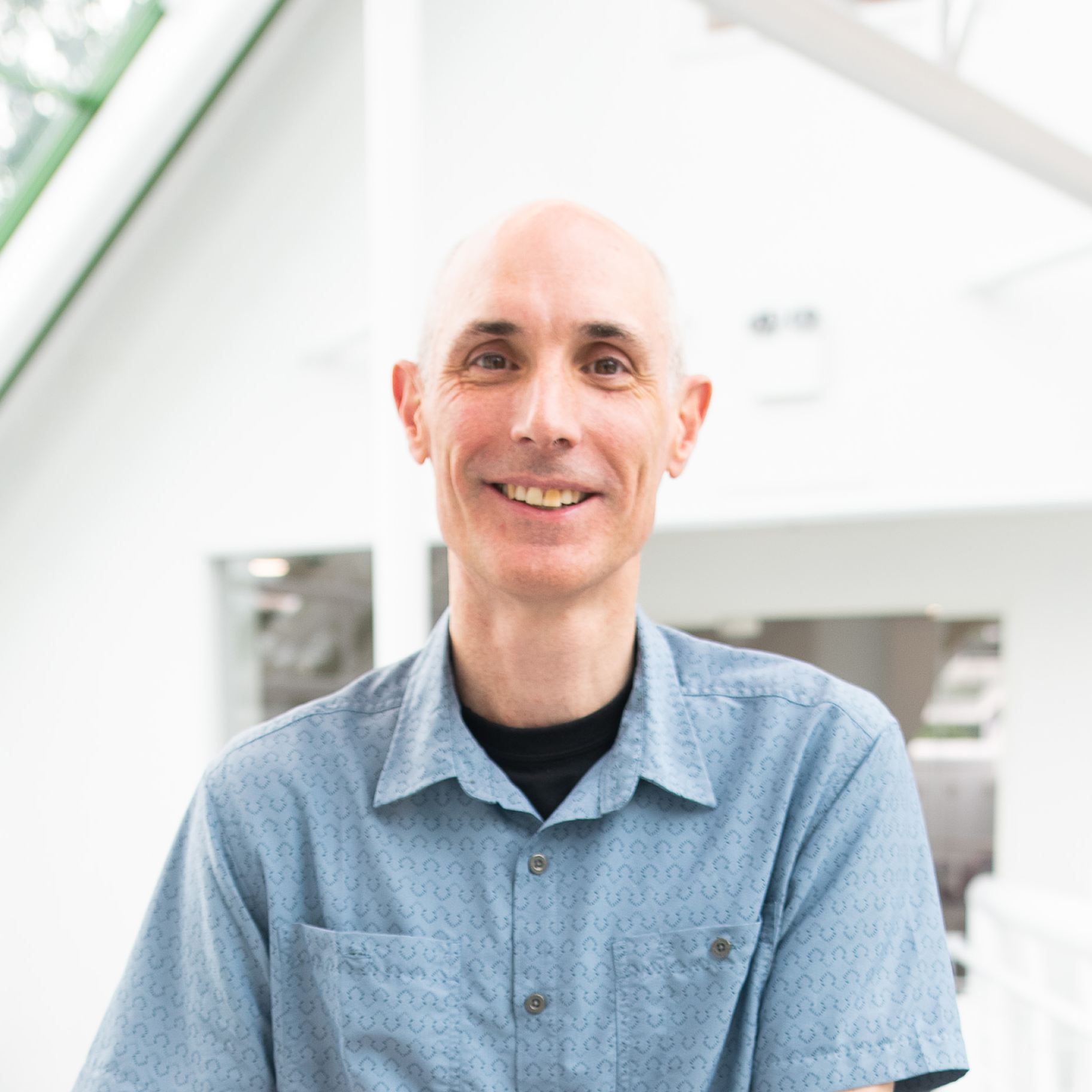

Dr Ben Littler
Scientific Update Ltd
Ben obtained his chemistry from the University of Oxford and PhD in Organic Chemistry at the University of Bristol working with Professor Tim Gallagher. He then completed a postdoc at North Carolina State University with Professor Jon Lindsey before joining the Chemical Development team at AMRI in Albany, New York in 1999. At AMRI Ben worked in the kilo lab and pilot plant developing and implementing process from up to tens of kg scale. He also led a team developing routes and process for first-in-human synthesis. He was also lead chemist for reaction calorimetry, real-time analysis and automation techniques.
In 2004 Ben joined Vertex Pharmaceuticals in Boston where he focused on implementing PAT tools and developing synthesis processes for late-stage and commercial manufacture, including telaprevir for hepatitis C treatment. In 2005 Ben relocated to Vertex San Diego to set-up and lead a new process chemistry team focused on facilitating the movement of candidate molecules from Med Chem to the clinical trials, including cystic fibrosis (lumacaftor, tezacaftor, elexacaftor) and pain. During this time he gained experience in numerous aspects of drug discovery, pharmaceutical sciences, working with outsourcing partners, project and team leadership. He also chaired cross-functional scientific teams implementing advanced manufacturing techniques, such as flow chemistry, biotransformations, and photochemistry
In 2022 Ben left Vertex to set up his own consulting business which includes joining Scientific Update as Technical Associate,North America & Asia Pacific.



